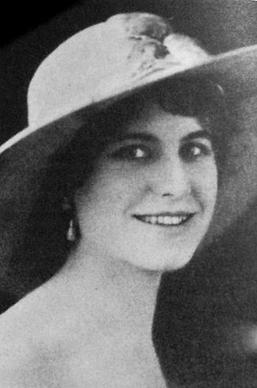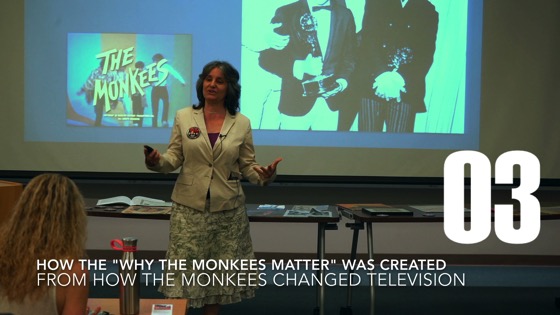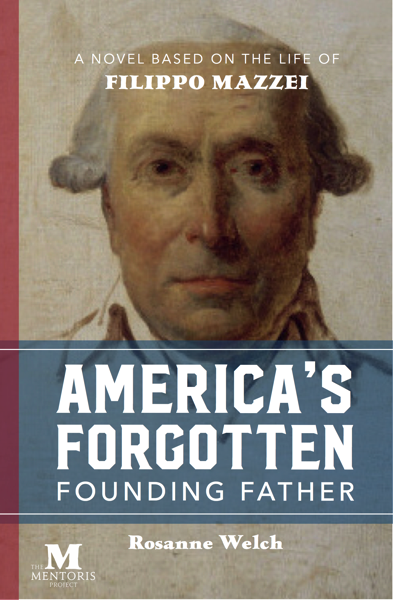A beautifully written remembrance from one writer to another – a good read to understand the breadth and depth of a writer’s full life – Josh Greenfield wrote ‘Harry and Tonto’ (with Paul Mazursky, who was one of the co-writers of The Monkees pilot -small world indeed!). Harry and Tonto is a worthwhile character study film to watch over the summer. Art Carney won an Oscar for it and if you don’t know who Art Carney is……. 🙁 But as you’ll learn when you read this, Greenfield also wrote reviews and books about his autistic son — and was friends with other writers we should already know – from Joan Didion to Mario Puzo to Arthur Miller.
Oddly enough, I have a novel based on the movie in my bookshelf – but nowhere does it say it is based on a movie – and nowhere does the movie identify itself as an adaptation. That makes me wonder if, in 1974, it was still thought that a novel based on a movie wouldn’t be worth reading… I’ll have to do more research on that! The one (sadly bad) review of the book on Amazon says it is written like a bad dictation from the film. The movie was released August 12th 1974; the book came out earlier, in January of that year. Again, an odd way of doing things. Maybe the film was held up in post production???
Either way, the movie is GREAT! And Greenfield seems to have lived a fascinating life as a writer – and as a human.

Film critic Kenneth Turan remembers Josh Greenfeld, a screenwriter who taught him about life
I always knew I’d write about my friend Josh Greenfeld. I even started to take notes, long lost, about the piercingly acute things he’d say about Hollywood and the movie business, but I never thought it would be this hard.
Best known in the business as the Oscar-nominated screenwriter of “Harry and Tonto,” the film that won a best acting Oscar for Art Carney in 1974, Josh (who died last month at age 90) was an under-the-radar insider and consummate professional, deft, gifted and successful in a wide range of writing disciplines.


 and Follow
and Follow







![Mad Man-Made Monkees, TV Magazine, Boston Herald, Jan. 1-7, 1967 via Smart Chicks Commune [Photo]](https://rosannewelch.com/wp-content/uploads/2018/06/monkees-tv-cover.jpg)







